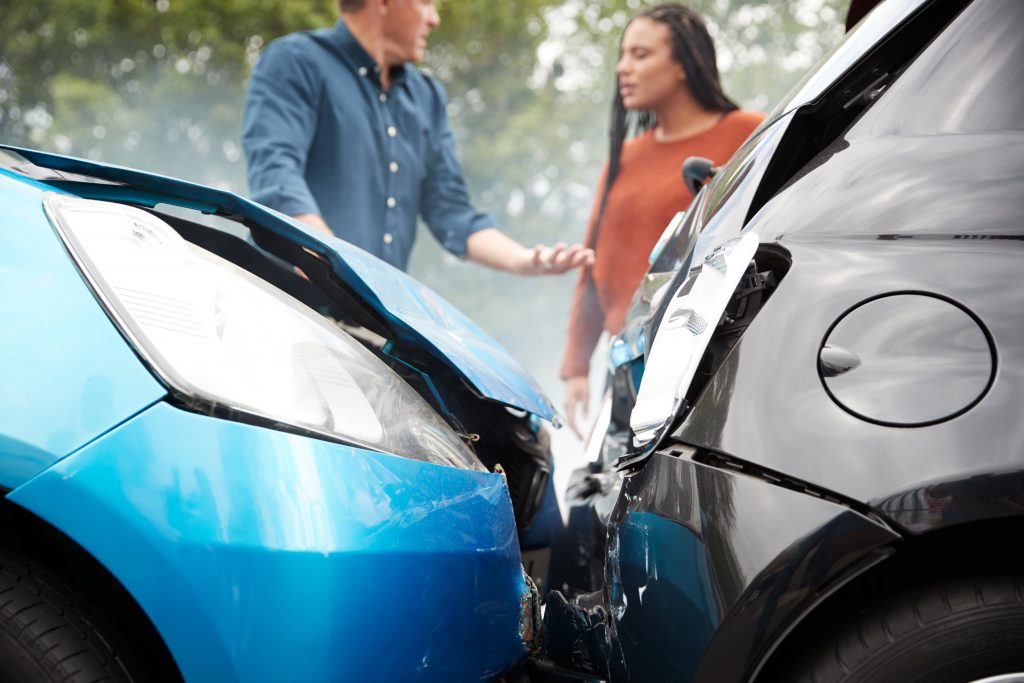If you ever meet any car accident, there are specific steps you may want to initiate to ensure every other person is safe, to follow the rules and regulations, and to get the insurance claim process started.
Insurance Information Institute (III) stated that the following procedure might help you make crucial decisions when you are at fault or not in a car accident.
STEP 1: Check Injuries of the People That Are Around You
Dial 911 or ask help from someone to do so if you are hurt. Try not to move and wait for ambulance staff if you are severely injured.
Step 2: Check On the Health Status of the Passengers
If you are not getting many wounds, check on other passengers in your car. If someone is injured, call the ambulance service or ask the viewers to get aid.
Step 3: Move to a Safer Place
Suppose you do not have many wounds, then move to the side of the street. If your vehicle is causing a blockage to the other drivers, then try to ride it to the nearest shelter if it can run or pull it to the side of the street. Otherwise, drop it where it is and move yourself to a safer place.
Step 4: Contact the Police Station
Whether you meet an accident of small scale or a significant collision, informing the security agencies is essential – and in some states, it is legally compulsory. The responding officers will prepare an accident report and note all the necessary details of the scene. If the police cannot reach the accident site and notify it, you can go to the closest police station. You may request a copy of the police report for support with the claims process so that proof will help you in filing a claim with your insurance provider.
Step 5: Keep the Hope of Getting Help from Others
Switch off your engine; switch on your hazard lights to warn other drivers to slow down, and you may utilize road flares to alert others.
Step 6: Essential Swap Details
After ensuring yourself, and everyone present in your vehicle is safe and not really hurt, then inquiry with other affected drivers about their injuries. According to the III, here is the essential guidance that drivers should exchange after a collision.
- Name and Contact
- Insurance Provider’s details
- Driving License number and license plate number
- Model, color, and category of vehicle
- Accident site
The III advises you to stop arguing with the other driver about the faults. When you file an insurance claim, the investigator reviewing your claim will decide who made a mistake in the light of proofs and firsthand information.
Step 7: Note All the Important Details of the Accident Site
The III advises the following measures to efficiently save yourself:
Identify the Police Officer.
Upon the arrival of the police, collect all officers’ names and badge numbers.
Get a Copy of the Report.
Ask for a duplicate of the crash report from the police officers. If you file a car insurance claim, the insurer can demand a copy of the report.
Take Photographs
Capture the crash thoroughly by taking images of your car from various angles, showing the damage caused to all vehicles. It would be a wise move to capture the license plate of the other vehicle. To endorse your claims, you will be able to share pictures with your insurer.
Note Down the Necessary Details.
Note down the names and addresses of passengers of all the damaged vehicles.
Engage With the Witnesses
Note down the necessary details of all the present witnesses of the accident site.
Step 8: Inform You Insurance Provider about the Accident and Start the Claim
You may call your insurance provider while you are at the accident site. That way, they can guide you about what to do to process your claim and what to expect during the claim procedure.


